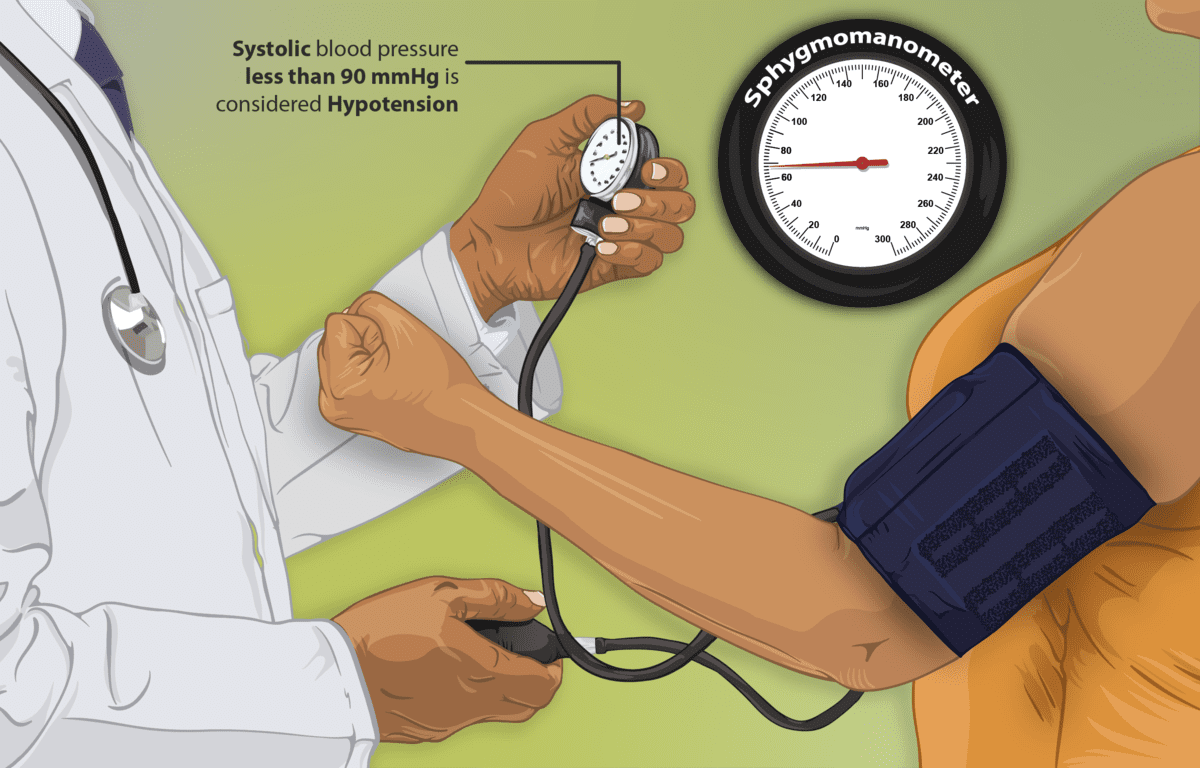
- Image via Wikipedia
Energy-efficiency measures in the southern U.S. could save consumers $41 billion on their energy bills, open 380,000 new jobs, and save 8.6 billion gallons of water by 2020, according to a new study from the Nicholas Institute for Environmental Policy Solutions at Duke University and the Georgia Institute of Technology. The study concludes that investing $200 billion in energy efficiency programs by 2030 could return $448 billion in savings.
The researchers modeled how implementation of nine policies across the residential, commercial and industrial sectors might play out over 20 years in the District of Columbia and 16 southern states.
“We looked at how these policies might interact, not just single programs,” said Etan Gumerman of the Nicholas Institute and co-lead researcher of the study. “The interplay between policies compounds the savings. And it’s all cost-effective. On average, each dollar invested in energy efficiency over the next 20 years will reap $2.25 in benefits.”
Policies considered by the study, “Energy Efficiency in the South,” include new appliance standards, incentives for retrofitting and weatherization, upgrades to utility plants and process improvements.
The South is rich terrain for efficiency improvements. Without them, the region might expect 15 percent growth in energy demand by 2030. Thirty-six percent of Americans live in the study region. The region consumes an outsized portion of American energy, 44 percent, but it also supplies 48 percent of the nation’s power.
A combination of factors has left this disproportionate usage unexplored by policymakers keen on energy efficiency. The South historically has low electricity rates, which encourage consumption. Energy-efficient products have a lower market penetration than elsewhere in the U.S. And these states spend less per capita on efficiency programs than the national average.
Related articles by Zemanta
- Pickens takes Texan turbine dream north (businessgreen.com)








![Reblog this post [with Zemanta]](http://img.zemanta.com/reblog_b.png?x-id=f2a32348-1365-4569-91b9-4e37d5f78cb0)
